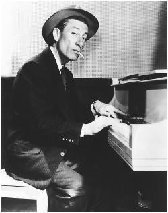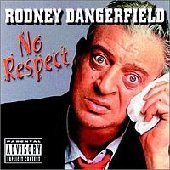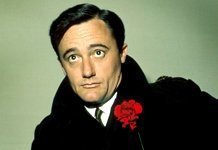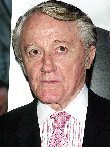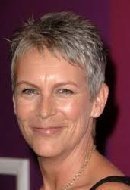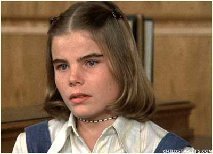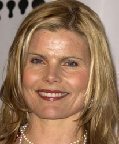
Canada is a country in North America. It is north of the United States. Its land reaches from the Atlantic Ocean in the east to the Pacific Ocean in the west and the Arctic Ocean to the north. Canada's area is 3.85 million square miles, so it is the world's second largest country by total area but only the fourth largest country by land area. It has the world's longest coastline which touches three oceans. Canada has ten provinces and three territories. Most parts of the country have a cold or severely cold winter climate, but areas to the south are warm in summer. Much of the land is forests or tundra, with the Rocky Mountains towards the west. About four fifths of Canada's 38 million people live in urban areas near the southern border with the US, the longest between any two countries in the world. The national capital is Ottawa, and the largest city is Toronto. Other large cities include Montreal, Vancouver, Calgary, Edmonton, Quebec City, Winnipeg and Hamilton.
The name "Canada" probably comes from the Huron-Iroquois word "kanata," meaning "village" or "settlement." In 1535, two Aboriginal youths told French explorer Jacques Cartier about the route to kanata; they were actually referring to the village of Stadacona, the site of the present-day City of Québec.
Aboriginal people lived in the places that are now Canada for a long time. In 1537 the French started a colony and the British Empire soon followed. The two empires fought several wars and in the late 18th century only British North America remained with what is more or less Canada today. The country was formed with the British North America Act on July 1, 1867, from several colonies. Over time, more provinces and territories became part of Canada. In 1931, Canada achieved near total independence with the Statute of Westminster 1931, and became completely independent when the Canada Act 1982 removed the last remaining ties of legal dependence on the Parliament of the United Kingdom.
Canada is a federal parliamentary democracy and a constitutional monarchy, with Queen Elizabeth II of the United Kingdom as its head of state.
The Vikings were the first Europeans known to land in what is now called Canada, in what is now Newfoundland, led by the Viking explorer Leif Erikson. They did not stay long, however. In the early 16th century, Europeans started exploring Canada's eastern coast, beginning with John Cabot from England in 1497, and later Jacques Cartier in 1534 from France. Alexander Mackenzie later reached the Pacific coast over land, where captains James Cook and George Vancouver went by sea. The Europeans also traded beaver furs to the First Nations.
Parts of Canada were settled by France, and parts by Great Britain. In 1605, Port-Royal was built in Acadia (today called Nova Scotia) by the French, led by Samuel de Champlain, and in 1608 he started settling Quebec. The British took control of the French areas after a battle of the French and Indian War on the Plains of Abraham near Quebec City in 1759.
After the American Revolutionary War, many people in the new United States wanted to stay loyal to Britain. Thousands came north to Canada and settled in Nova Scotia, New Brunswick, Quebec, and Ontario. They were called United Empire Loyalists. During the War of 1812, the United States tried to conquer Canada but were defeated.
Many people from other parts of the world think of Canada as a very cold and snowy place. While it is true that much of Canada is very far north, most Canadians live in the southern parts, where the weather is much milder. Nearly two thirds of Canadians live less than 62 miles from the U.S. border. In some cities the temperature can get very cold in the winter, especially in the inland. Warm air systems moving in from the Pacific Ocean bring more rain than snow to the Pacific coast, while colder temperatures further inland do result in snow. Most of Canada can get quite hot in the summer, often over 86 degrees Fahrenheit.
Canadians are known to play winter sports such as ice hockey
and skiing and snowboarding, and also enjoy many summer sports and games.
When the King, Elvis Presley, had a craving, you could bet it was usually for a peanut butter, banana, and bacon sandwich. But don't be fooled. While most of us might consider this a meal, it was just Elvis' Favorite Snack -- anytime of the day.
- 1/4 cup creamy peanut butter
- 8 slices home-style white bread
- 2 large bananas, peeled
- 8 slices of warm, cooked bacon
- 2 tablespoons butter
- Spread equal amounts of peanut butter over 4 slices of bread.
- Cut bananas in half crosswise then slice each piece lengthwise into 3 pieces. Place 3 slices of banana over peanut butter, then top each with two slices of bacon. Top with remaining slices of bread.
- In a large skillet or griddle, melt 1 tablespoon butter over medium-low heat and place two sandwiches in skillet. Cook 2 minutes then turn sandwiches over and cook 1 to 2 additional minutes, or until golden.
- Repeat with remaining butter and sandwiches. Serve immediately.
1921 – Rodney Dangerfield, American comedian (d. 2004)
1924 – Geraldine Page, American actress (d. 1987)
1932 – Robert Vaughn, American actor (d.2016)
1943 – Billie Jean King, American tennis player
1958 – Jamie Lee Curtis, American actress
1961 – Mariel Hemingway, American actress
- Use it as a marinade for pork, chicken or beef
- Add it to barbecue sauce and pour it over meatballs
- Mix it into a batch of muffins for breakfast
- Stir it into cream cheese and add it to your morning bagel





